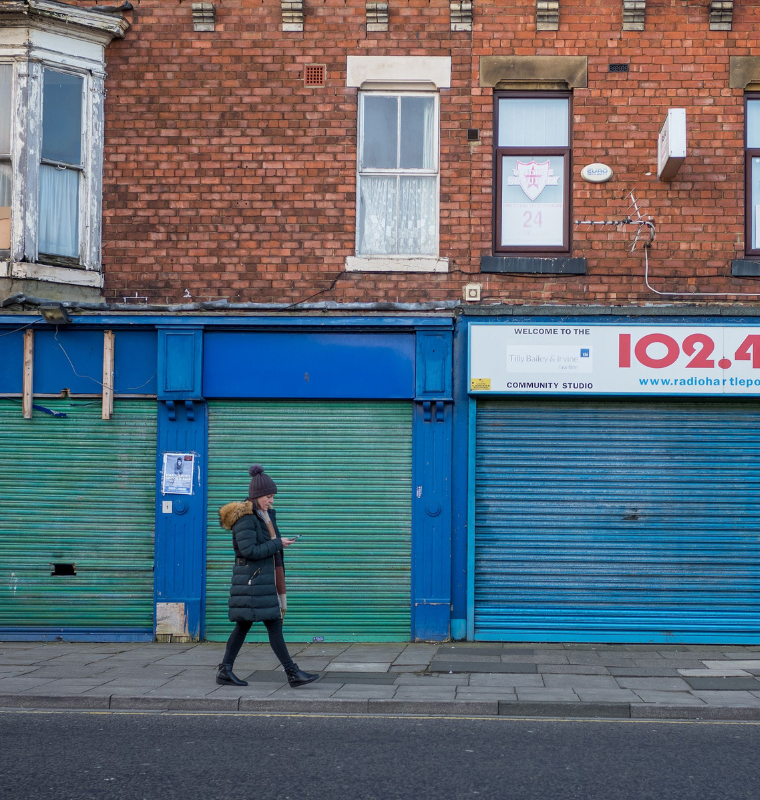U.S. Producer Prices Hold Steady in June — But Key Inflation Drivers Are Missing From the Data
U.S. Producer Prices Hold Steady in June — But Key Inflation Drivers Are Missing From the Data
By
Leah Rosenfeld
Last updated:
July 17, 2025
First Published:
July 17, 2025
.webp)
Photo: Bloomberg
Wholesale Prices Stall in June — But the Data Leaves Out a Crucial Piece
The U.S. Producer Price Index (PPI) remained unchanged in June, indicating that wholesale prices held steady compared to May, according to the U.S. Bureau of Labor Statistics (BLS). On the surface, this suggests that inflationary pressures may be cooling—especially in contrast to June’s higher-than-expected Consumer Price Index (CPI) reading.
But the PPI, by design, tells only part of the story.
What’s missing? Imports — a major component of the U.S. economy, particularly under an ongoing trade war. The BLS clearly states that the PPI does not include imports, as the index only tracks the prices of goods and services produced by domestic manufacturers.
CPI vs. PPI: Understanding the Inflation Gap
To get the full picture, it’s important to understand how the PPI differs from the CPI.
The Consumer Price Index (CPI), unlike the PPI, includes both domestically produced and imported goods. This makes it far more sensitive to changes in international trade dynamics, such as tariffs. In June, the CPI rose 0.3%, fueled in part by:
- A 0.4% increase in apparel prices
- A 0.4% rise in shelter costs
- A 0.5% jump in medical care services
- A 0.3% decline in new vehicle prices
According to the BLS, imported goods make up a large share of the CPI, particularly in categories like apparel, electronics, and vehicles. So even though domestic producers might not be raising prices, imported products facing higher tariffs are passing the cost to consumers.
The Tariff Factor: What the PPI Misses
With the Trump administration continuing to apply and expand tariffs — including proposed hikes on Chinese and European goods — it’s likely that inflationary pressure from imports is being underestimated in wholesale pricing reports.
Economists from institutions like the Peterson Institute for International Economics and the Federal Reserve Bank of New York have found that U.S. consumers and businesses end up absorbing most of the costs from these tariffs, even if they don’t show up directly in the PPI.
For example:
- U.S. importers often pay the tariffs upfront, then pass the costs along the supply chain.
- By the time these goods reach the consumer, they’re more expensive — but the PPI doesn’t track that.
The result? Flat PPI figures may mask deeper inflationary pressures, especially in sectors heavily reliant on imported goods.
More Price Pressure May Be Coming
The outlook for the months ahead is even more uncertain. A new round of tariffs is set to take effect on August 1, unless President Trump delays the decision. These could further impact:
- Consumer electronics
- Automotive parts
- Apparel
- Agricultural products
Market analysts caution that the full impact of the tariff hikes won’t show up immediately, and certainly not in the PPI. Instead, consumers will likely feel it through higher retail prices, a trend that will be reflected in future CPI data.
“Tariff-related inflation is a slow burn,” said Jason Furman, former chair of the Council of Economic Advisers. “It doesn’t all hit at once, but once it does, it sticks around.”
Broader Market and Political Context
On a day marked by economic uncertainty, the markets reacted with cautious optimism.
- U.S. stock indexes rose despite a rocky trading session, buoyed in part by stronger-than-expected corporate earnings.
- President Donald Trump denied rumors that he plans to fire Federal Reserve Chair Jerome Powell, easing tensions around monetary policy.
- On Capitol Hill, crypto legislation stumbled, as key bills aimed at regulating digital assets failed to advance.
- In crypto markets, Ethereum (ETH) began to outpace Bitcoin (BTC), gaining investor attention as a potential hedge against inflation.
Final Thoughts: Look Beyond the Surface
The flat reading on June’s Producer Price Index may offer a temporary sense of calm, but it’s far from the full picture. Without accounting for imports, the PPI provides a limited view of inflation risks — especially at a time when global trade frictions are reshaping supply chains and pushing up costs for both consumers and businesses.
As the next wave of tariffs looms, and with consumer prices already rising, Americans may soon feel the squeeze more directly — even if the wholesale data stays flat.
Popular articles
Subscribe to unlock premium content
Kylie Jenner’s $420M Beauty Empire Unravels: Inside the Stunning Fall of a Social Media Mogul

Britain’s Economic Decline: From Global Powerhouse to Financial Strain

Trapped by Perfection: How AI Beauty Filters Are Rewiring Our Faces—and Our Minds

Kylie Jenner’s $420M Beauty Empire Unravels: Inside the Stunning Fall of a Social Media Mogul

Britain’s Economic Decline: From Global Powerhouse to Financial Strain

Kylie Jenner’s $420M Beauty Empire Unravels: Inside the Stunning Fall of a Social Media Mogul









